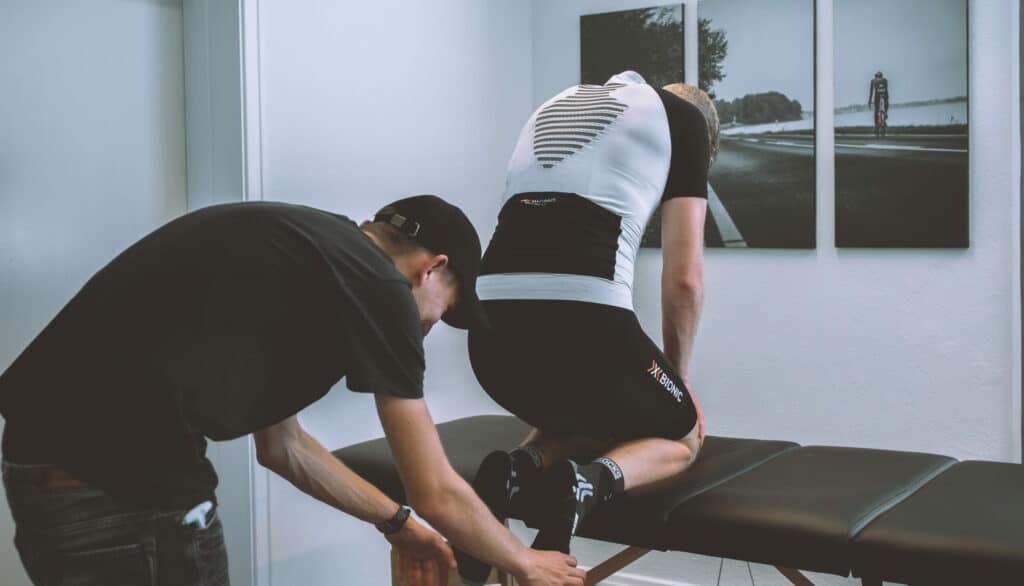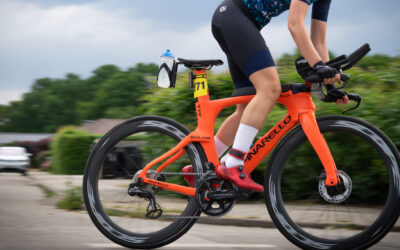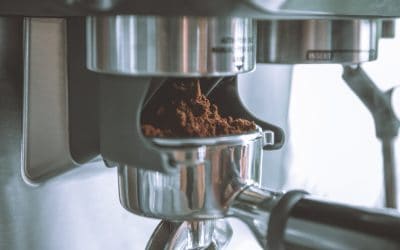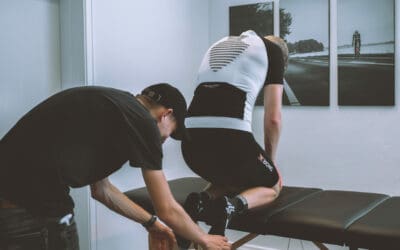Tissue Adaptions in Endurance Sports
When new athletes contact Frank Institute of Sports they talk about muscular development, functional threshold power or peak running pace. All these matrixes might be a complete waste of your time if you don’t pay attention the fundamentals of all training regimes. The reason that a seasoned pro cyclist or experienced runner will build up way larger volume and quality in their training than most beginners. Paying attention to tissue adaptions in endurance sports might be the key to long time injury-free performance.
“All runners eventually get injured”
How many times haven’t you heard the old saying “all runners eventually get injured”. This assumption is a misunderstanding. It should rather be “runners who don’t build volume and intensity methodically or neglect to consider important factors like mobility, diet, equipment choice, flexibility, strength, and recovery have higher risk at getting injured”.
High training volume is not the key factor for risk of injury in endurance sports. Your attention to the tissue adaptions in your specific sport is way more important in predicting your risk of injury.
What tissue are we talking about?
When talking about tissue adaptions the more relevant question is what tissue are we talking about. In this case we are talking about all sorts of connective tissue. Everything from fascia (the thin wrapping beneath the skin surrounding all muscles and organs) to tendons and ligaments (which connect your muscles and bones).
Why worry about Tissue Adaptions in Endurance Sports?
When people come to us for training advise and coaching it is mostly related to their own focus of being “out of shape”. This often described with raised heart rate and low levels of oxygenation. Developing a well-trained cardiovascular system (lungs, heart and blood) is actually quite easy. The adaption will happen rapidly with a consistent and well-planned stress through an individualized training program. The important tissue adaptions in connective tissues like ligaments and tendons happen at a much slower pace. They take longer time to heal should an injury occur. Furthermore tendon and ligament injuries are much more difficult to treat and predict compared to muscle- or bone-injuries.
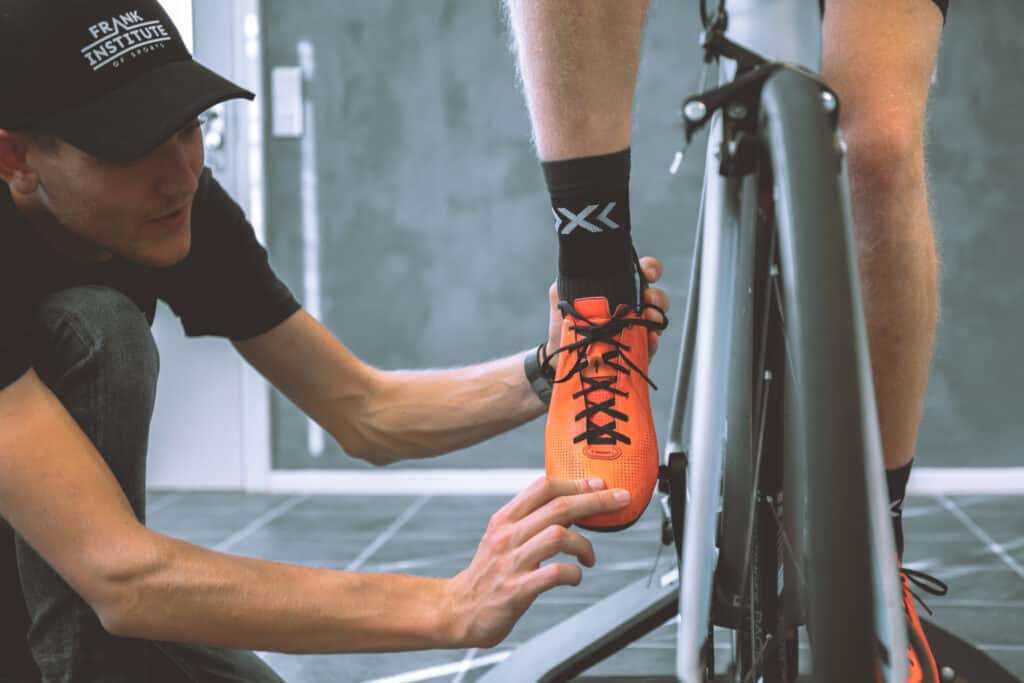
Tissue adaptions over time
Several studies present different ways of predicting how a relative level of physical stress cause a predictable adaptive response in all biological tissue. Among these the Physical Stress Theory (Mueller & Maluf, 2002). The theory presents 5 different states concerning physical stress: Decreased stress tolerance, maintenance, increased stress tolerance, injury and death. The goal in connection with tissue adaptions in endurance sports will always be gradually building up training towards higher loads of physical stress.
At Frank Institute of Sports we are generally working with structured mesocycles of three to six weeks. This is relevant when focusing on a specific muscular or cardiovascular response. When talking about cycles for tissue adaptions the timeframe can be as much as six to twelve weeks. All depending on athlete experience, sporting level and the specificity of tissue adaptions.
How can you improve your tissue adaptions?
Having someone to go through your training history is great when beginning a new running, cycling or triathlon program. Even better work with a coach who systematically structure your periodization. This will help you avoid overstressing connective tissue. If you work patiently any athlete can adapt by building training slowly but consistently with a strong focus on relevant parameters. These could be mobility, flexibility, strength and recovery. This while also being aware of the different equipment choices in connection with e.g. bike saddles or running shoes. If you want to read more on e.g. bike saddles, I have written a small piece on that here.
A good way of implementing tissue adaption exercises into your training program is e.g. drills that work with your posterior chain and challenge the neuromuscular system. Used correctly this will continue to promote efficient mechanics in running and even help with position optimization process in cycling.
Remember that even the best program in the world is no good to you if it is not build specifically for your current level. Let the tissue adaptions begin.
